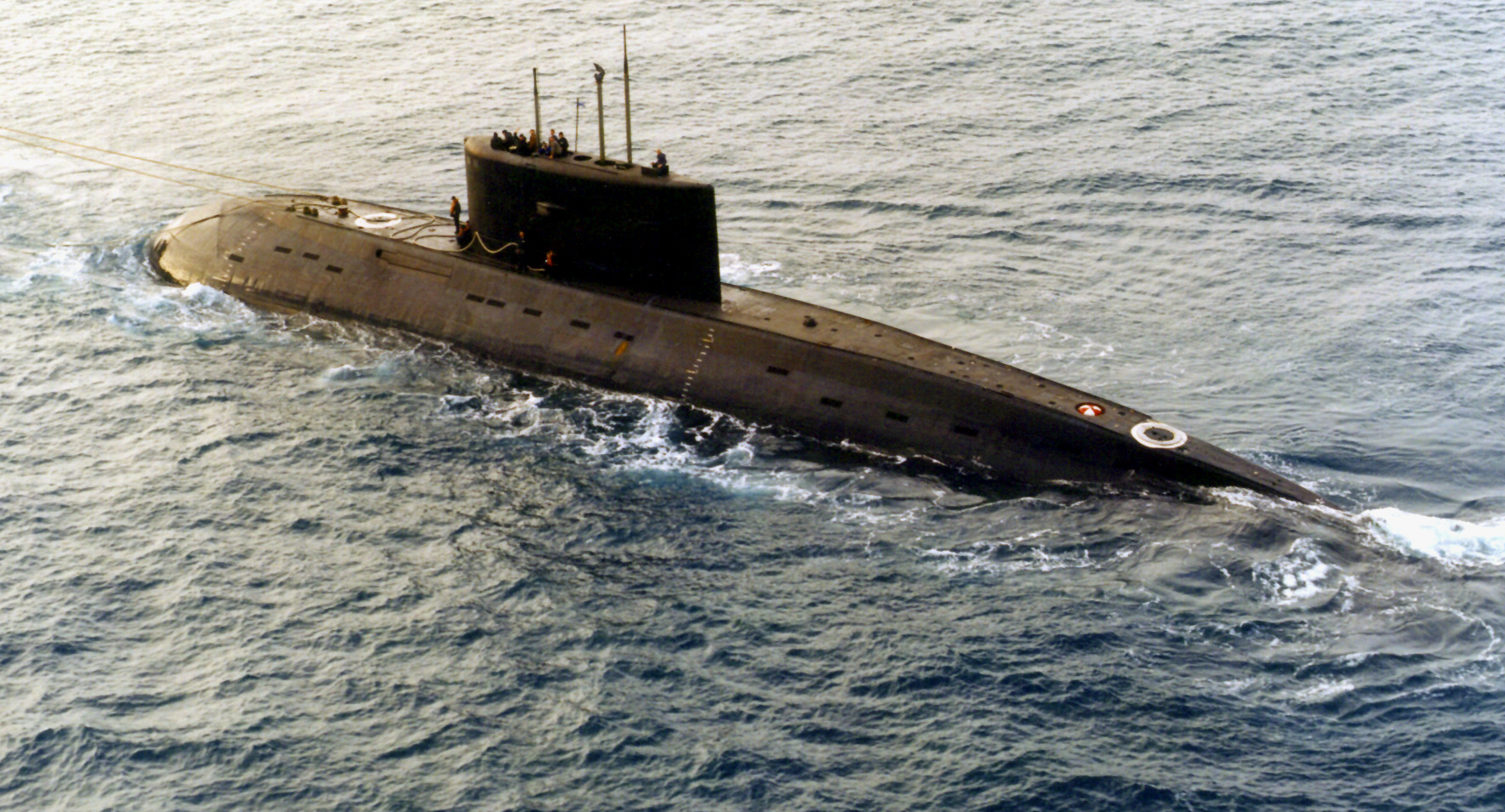Kilo Class Submarines - Here's what you need to remember: Chinese submarine technology has advanced by leaps and bounds, and the Kilo class can thank you for that. Although China seems more willing to project its force farther from the mainland, the Kilo class remains the backbone of China's sea area anti-access/denial strategy, especially near home. Surface ships in China's backyard would do well to beware.
This Soviet-designed submarine is the backbone of China's non-nuclear submarine fleet and is very difficult to detect. Here's how they can give China a border in the South China Sea
Kilo Class Submarines

The Kilo class was originally a Soviet-designed boat that entered service in the 1980s. What makes them special is that they have reduced acoustic signatures that are hard to track, called "black holes".
Improved Kilo Class Submarine Stary Oskol Returned Home |
The Kilo class is fitted with anechoic tiles that follow the exterior of the submarine's hull. Anechoic tiles are basically rubberized tiles infused with air bubbles of varying sizes. Air bubbles are optimized to absorb enemy sonar at different depths and can distort sonar signals returning from enemy ships or submarines to make tracking the submarine difficult.
Because the Kilo class uses diesel-electric propulsion, they have shorter range and endurance than nuclear-powered submarines. Naval expert H. I. Sutton explained that the Kilo class "uses heavy-duty lead-acid batteries to power the operator. These are sometimes recharged using diesel generators, known as diesel-electrics.
Recharging the Kilo battery takes time away from the mission and requires lifting a snorkel close to the surface or near the surface, which is risky because the submarine can be detected. Other than oxygen, other mission limitations include crew food and water supply, diesel fuel for the onboard diesel generator used to recharge the battery.
Kilo-class submarines have a crew of twenty-two and can remain on patrol from one month to twenty-five days. Its maximum diving depth is about 300 meters, or a thousand feet, and the range of the submarine is said to be 12,000 kilometers, or about 7,500 miles.
New Submarines Will Transform Poland's Navy
The People's Liberation Army Navy ordered its first Kilo from Russia in 1994 and has since purchased two upgraded Kilo variants in 1996 and eight upgraded Kilos in 2002.
The Chinese Kilo class is optimized in size and stealth for Chinese coastal defense and military operations against Taiwan.
Due to the Kilo's relatively small size, it can operate and maneuver more easily in shallow coastal waters near China or in the South China Sea than larger nuclear submarines, which can struggle to operate. at shallower depths. Although they have considerably less endurance than other nuclear submarines, diesel-electric submarines, especially compact hulls, can be more capable than nuclear submarines in some situations.

The latest Kilo types are among the quietest submarines in the Chinese and Russian navies. The upgraded Kilos is "slightly longer - the underwater displacement of the submarine is around 4,000 tons - and has better engines, an improved combat system and new noise reduction technology. Associated with anakic tiles absorbing sonar, the Kilo is deadly silent
Model Shipwrights :: 1:350 B 271 Kolpino (kilo Class Submarine)
Chinese underwater technology has advanced by leaps and bounds, and the Kilo class can thank you for that. Although China seems more willing to project its force farther from the mainland, the Kilo class remains the backbone of China's sea area anti-access/denial strategy, especially near home. Surface ships in China's backyard would do well to beware.
Caleb Larson is a national interest advocacy writer. He holds a master's degree in public policy and focuses on US and Russian security, European defense issues, and German politics and culture. This article first appeared this year
British s class submarines, akula class submarines, class submarines, los angeles class submarines, russian kilo class submarines, t class submarines, trafalgar class submarines, ohio class submarines, virginia class submarines, astute class submarines, kilo submarines, collins class submarines
0 Comments